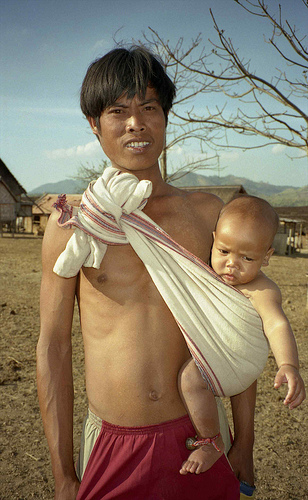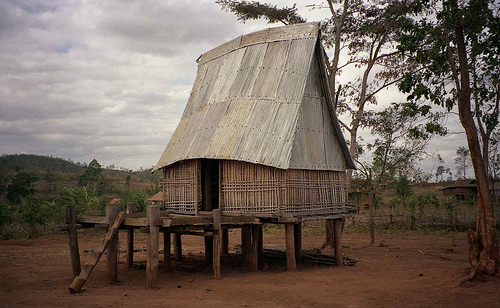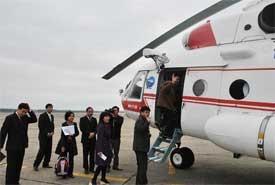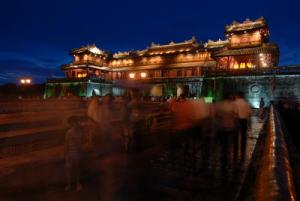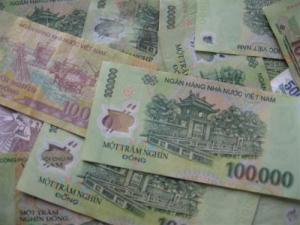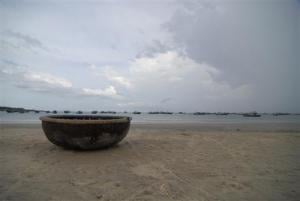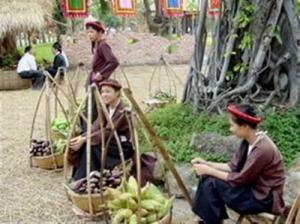Central Highlands: A Remote Adventure
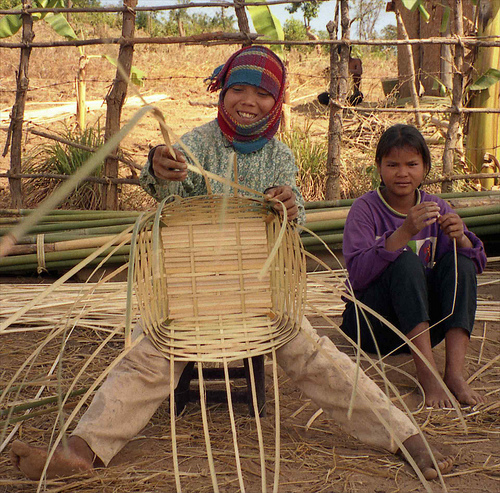
The Central Highlands of Vietnam is naturally blessed. It has a stunning landscape such as waterfalls, coffee plantations, and pine tree forests, just to name a few, and several unique cultures. It is undoubtedly far more beautiful than the other commercially-driven tourist destinations today, but unfortunately, the place is not that frequented by visitors. While its remoteness and difficult roads may be one of the major factors, they are also actually part of the mystery and adventure which makes the Central Highlands of Vietnam an even more interesting place to visit.
The coastal town of Phan Thiet is the first stop of the trip to the Central Highlands. It is surrounded with majestic mountains and can be reached from Ho Chi Minh City in the South and Danang on the Central coast.
Dalat is the town after Phan Thiet, believed to be discovered by a famous scientist and explorer who also found the cause of the bubonic plague, Dr. Alexander Yersin. It was named after the Lat clan, a sub-group of the K'ho tribe whose majority of its population resided in the Lam Dong Province. Despite the modernization of the tribe today, their traditional bamboo stilt houses with thatched roofs have remained, a constant reminder of their long-standing rich culture.
Lak Lake is a day's motorbike trip from Dalat. Members of the M'Nong tribe who were relocated from the North by the government reside in the area. Among the attractions at the lake are its wooden M'Nong longhouses, elephant rides, and canoe trips, among others.
Buon Ma Thuat is the coffee capital of Vietnam, second to none other than Brazil. However, conflict between the government and local tribes limits travel to the place, requiring special permits. Tourists travelling to Buon Ma That are allowed only to pass through, restricted to such sights as the Drey Sap and Drey Nur Waterfalls, and Yok Don National Park.
Jai Rai is located at the North through Gia Lai Province. It is known for its intricate wooden funeral houses guarded by erotic totems. But most of all, the place is famous for being a battleground during the war with America. Even today, politics in the area is strained in that tourists still need to hire a government-licensed guide in order to visit such places as the Jai Rai villages and some waterfalls. Some places are still open to the public and without restrictions though such as the flooded volcanic crater called Ho Bien.
Kon Tum City is rich in culture, specifically by the Bahnars. They are known to be “differentiated” from Vietnam's other minority groups by the thatched communal lodges that tower above the villages surrounding the city. Among their cultural identities include musical gongs, “buffalo stabbing festivals” and ruou can (rice wine brewed in big ceramic vases).
The final part of the trip to the Central Highlands doesn't feel like it at all as there are still so many places to visit and things to see. Danang, the (infamous) Ho Chi Minh trail, Hoi An, Qui Nhon, Quang Ngai, and H're are just some of the experiences to be discovered and appreciated.
There are certain specific rules when visiting the Central Highlands pertaining to driver's licenses and transporation, but not one that cannot be followed properly. There are also several hotels to stay in so one's trip can be comfortable and relaxing. What's important is the discovery of a place so remote yet so beautiful, a truly worthy adventure.




